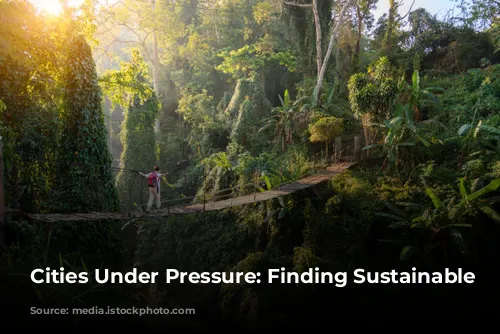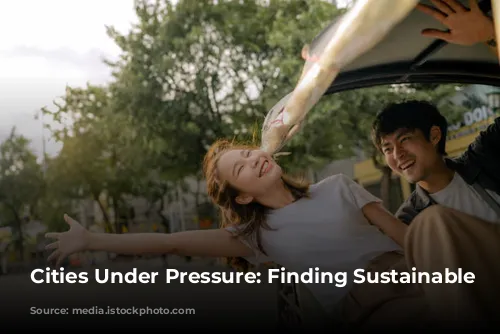In a world facing growing urban populations, global warming, and widening inequality, it’s critical to utilize urban spaces effectively. Paris is a shining example of how to achieve this by embracing a transparent and democratic form of urban planning. This approach ensures the city’s growth remains both equitable and sustainable.
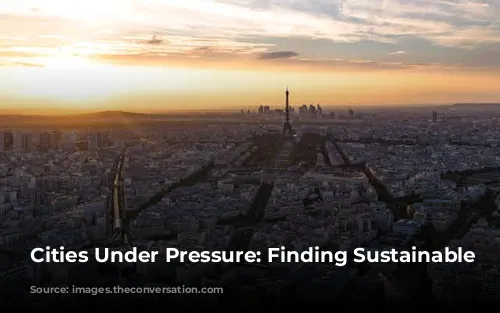
The Power of Participatory Urbanism
Last year, under the leadership of Mayor Anne Hidalgo, Paris allocated 5% of its annual budget (€20 million) to public voting. Parisians were empowered to directly choose architectural and urban projects they wanted funded by the city. The winning projects reflected a diverse range of needs, including public art installations, collaborative workspaces, pedestrian-friendly zones, community gardens, and vertical farms. This initiative, known as “participatory budgeting,” empowers citizens to shape their city’s future.

Navigating Budgetary Constraints
However, cities worldwide struggle with tight budgets and reduced funding from national governments, limiting their ability to improve urban infrastructure. This challenge restricts the scope of publically funded urban regeneration projects.
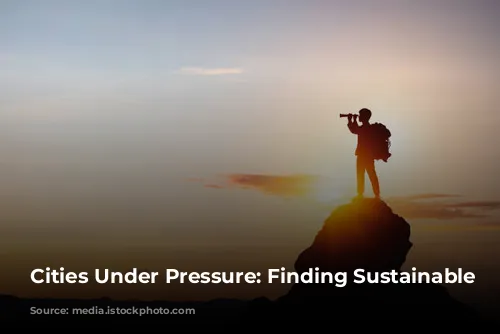
The Pros and Cons of Private Investment
One alternative is to involve private investors by either leasing or selling publicly-owned land and buildings. Private investors possess the financial resources to undertake substantial urban developments and upgrade infrastructure. However, this approach carries risks, as private developers prioritize profit, potentially neglecting local needs and accelerating gentrification.
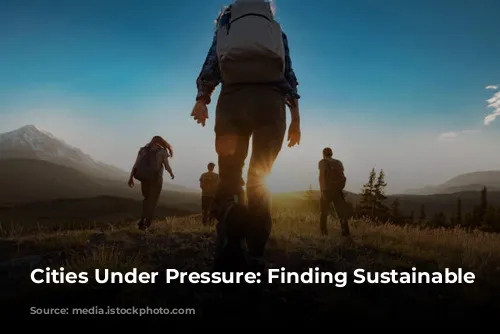
Reinventing Paris: A Model for Transparent Urban Renewal
Paris has found a way to navigate this challenge by embracing transparency and community engagement. In 2014, Mayor Hidalgo launched “Reinventing Paris,” an international competition inviting proposals for innovative urban projects aimed at revitalizing 23 sites across the city. These sites included former public baths, abandoned electricity substations, parking lots, disused hotels, vacant land, and industrial brownfields.
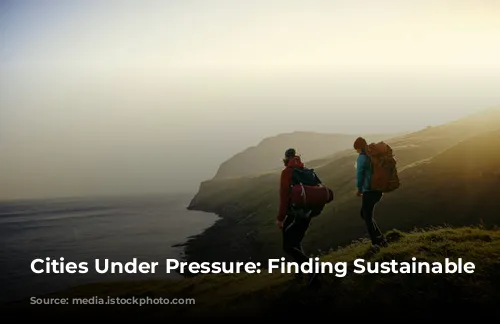
A Collaborative Approach to Urban Development
The competition embraced a collaborative approach by relaxing planning regulations, inviting participation from smaller organizations, and fostering collaboration between various stakeholders. More than 800 teams from around the globe expressed interest, with 358 submitting proposals and 75 selected for further review. A diverse jury, including architects, designers, researchers, and local council representatives, evaluated the finalists.
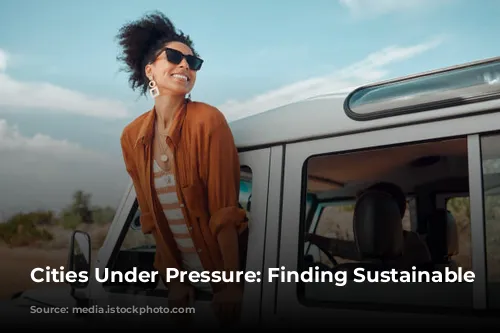
Beyond Grand Designs: A Focus on Inclusivity and Sustainability
“Reinventing Paris” sought to move beyond the “grand design” projects often favored in urban development, encouraging collaboration between architects, developers, startups, grassroots organizations, universities, and artists. An online platform enabled organizations and individuals to share their ideas and team up with others.
A compelling example of this collaborative approach is the “Realimenter Massena” project, a winning proposal for the redevelopment of the Massena railway station site. This project unites an architect, a sustainable agriculture collective, a university, a contemporary art gallery, and a music venue. It will feature a vertical urban farm, a restaurant, a music venue, and a mix of social and private housing.

Addressing Concerns and Ensuring Equity
While “Reinventing Paris” has been praised for its innovative approach, it has faced some criticism. One concern was that shortlisted teams were required to work for free on detailed proposals. The French National Order of Architects expressed concern about this as, in typical projects, finalists receive payment for proposal development.
Another criticism focused on the selection of predominantly commercial projects, raising concerns about potential gentrification. While the municipality did set social housing requirements for 12 of the 23 sites, the significant commercial components of many projects are undeniable.
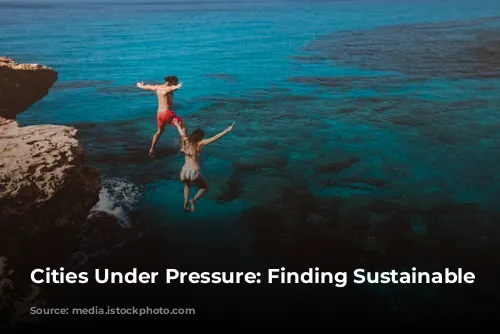
A Legacy of Sustainable Urban Renewal
Despite these concerns, “Reinventing Paris” has proven to be a successful model for sustainable urban renewal. By 2020, 1,341 new homes will be built, with almost half designated as social housing. The initiative demonstrates that social housing goals do not hinder private investment in urban development.
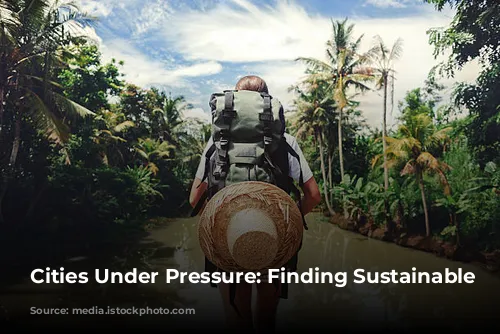
A Vision for the Future
The success of “Reinventing Paris” has inspired a new competition, “Reinventing the River Seine,” which aims to revitalize the Seine River corridor from Paris to the industrial cities of Rouen and Le Havre.
“Reinventing Paris” showcases the potential of a progressive, 21st-century approach to urbanism. By embracing flexibility, collaboration, and community engagement, cities can create urban spaces that are socially inclusive, environmentally sustainable, and economically viable. This innovative model offers a path forward for cities facing the challenges of a rapidly changing world.
